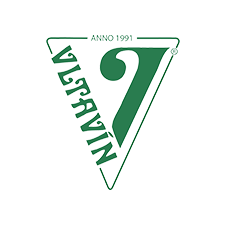Basic info
| technika | bibliofilie s 25 mědirytinami |
| rozměr | 59 x 43 |
| rok | 1826 |
| signatura | na vnitřní straně přebalu štítek Fürst Clary'sche Bibliothek Teplitz |
| autor | 1786 - 1837 |
About
Otto Magnus Freiherr von Stackelberg (25 July 1786 – 27 March 1837) was a Baltic German, Imperial Russian archaeologist, as well as a writer, painter and art historian. In autumn 1814, Stackelberg returned from Greece to his family in the Baltic States. He travelled to Italy again in 1816, researching antiquity and the Middle Ages as an art historian and becoming co-founder of the "Instituto Archeologico Germanico" in Rome. Together with Eduard Gerhard, August Kestner and Theodor Panofka, he also established in 1824 the "Hyperboreans" ("Römischen Hyperboraeer") there, a group of northern European scholars who studied classical ruins. Both were the precursors and embryonic stages of the later German Archaeological Institute. In 1826 Stackelberg's archaeological work was published as Der Apollotempel zu Bassae in Arcadien und die daselbst ausgegrabenen Bildwerke (The Temple of Apollo at Bassae in Arcadia, and the Wall-paintings excavated there), for which he also provided the drawings. Also during this time in Rome in the middle of his life, Stackelberg undertook further trips to Greece, to Turkey and within Italy. In Etruria in 1827 he discovered the Etruscan temple and hypogaeum at Corneto (now Tarquinia).


